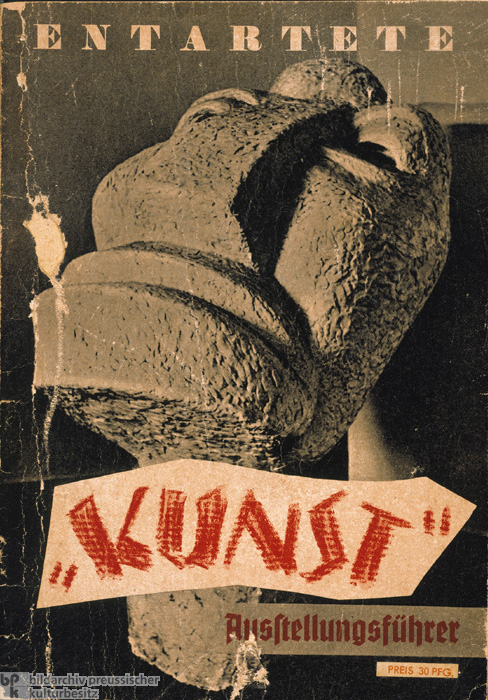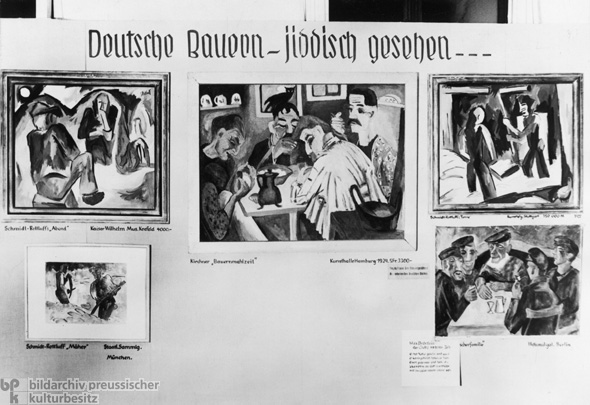













INTRODUCTION | DOCUMENTS | IMAGES | MAPS | EDITOR
|
Images - Literature, Art, and Music
|
|||||||||||||||||||||||||||||||||||||||
 return to chapter list
return to chapter list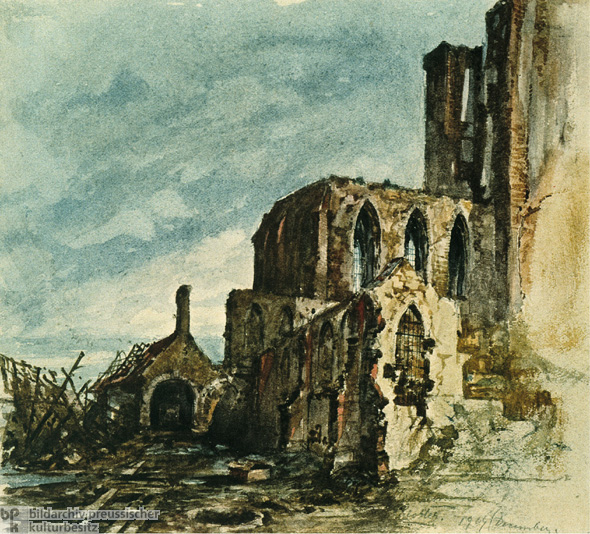
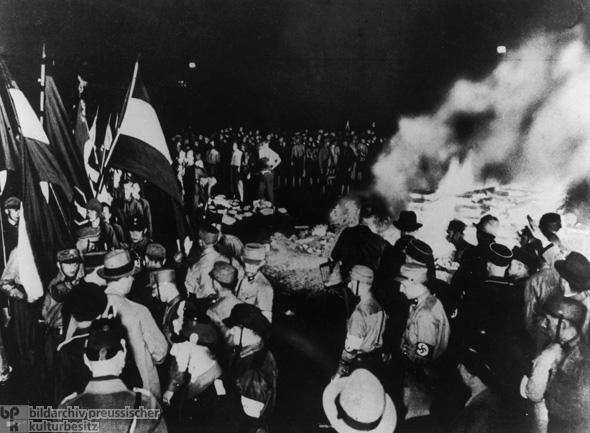
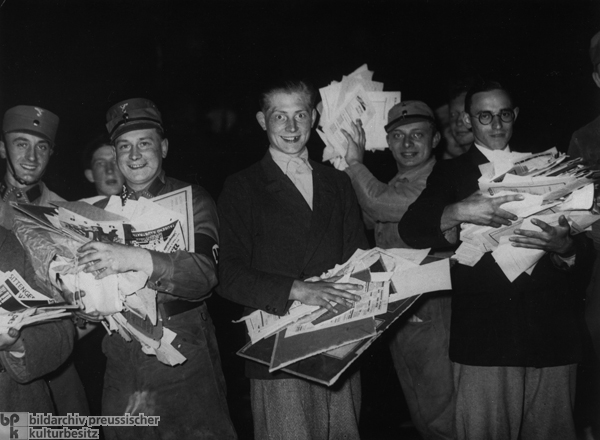
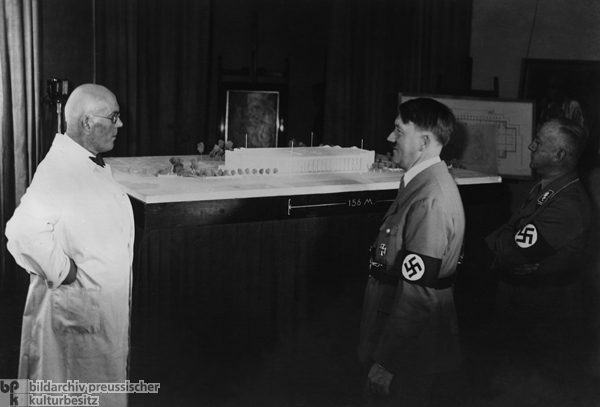
![<I>The Victory of Faith</i> [<i>Der Sieg des Glaubens</i>], Film Poster (1933)](/images/Plak 003-022-022_web.jpg)


